Grape Variety
Harslevelu
"HARSH-leh-veh-loo"
Wine Styles
 Sparkling
Sparkling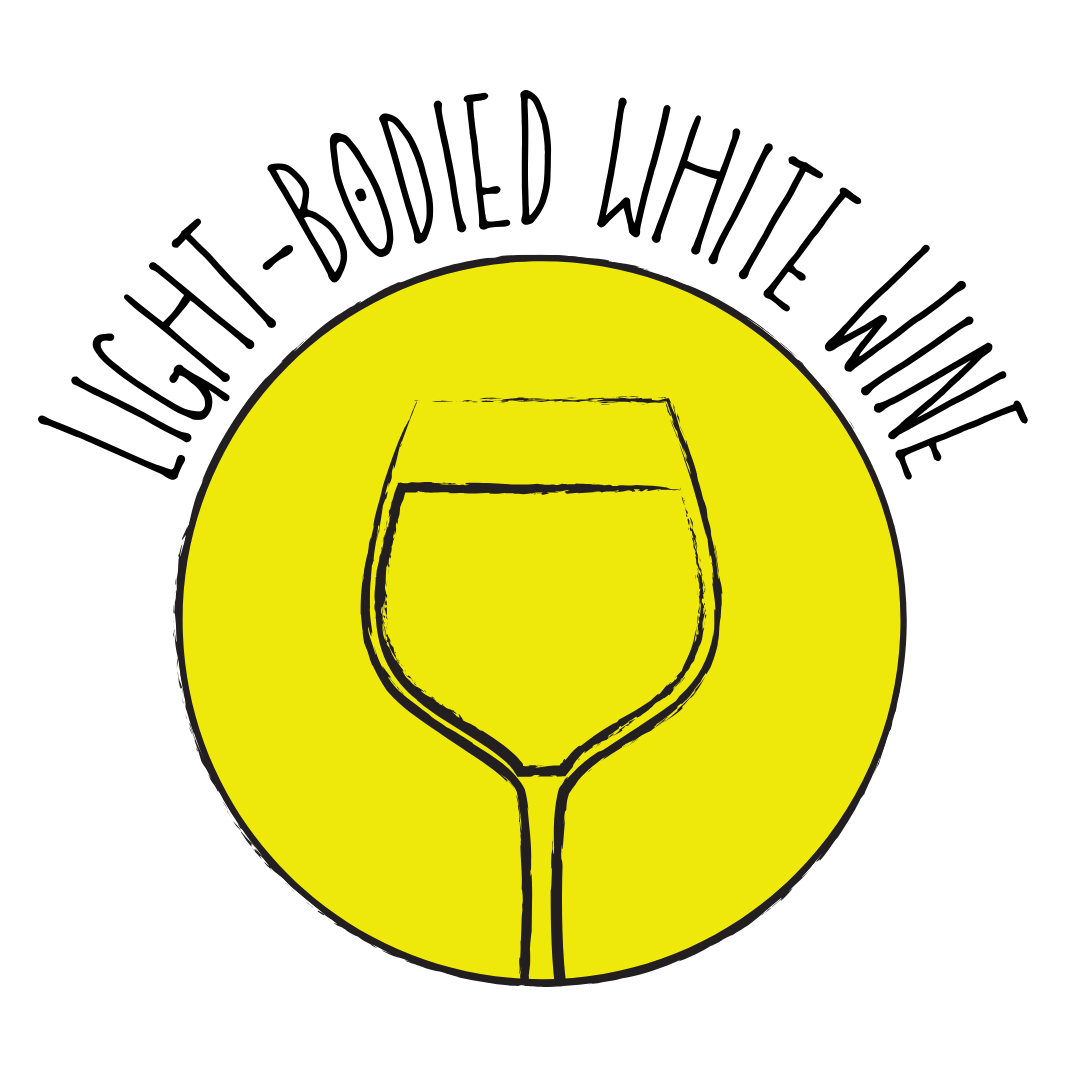 Light White
Light White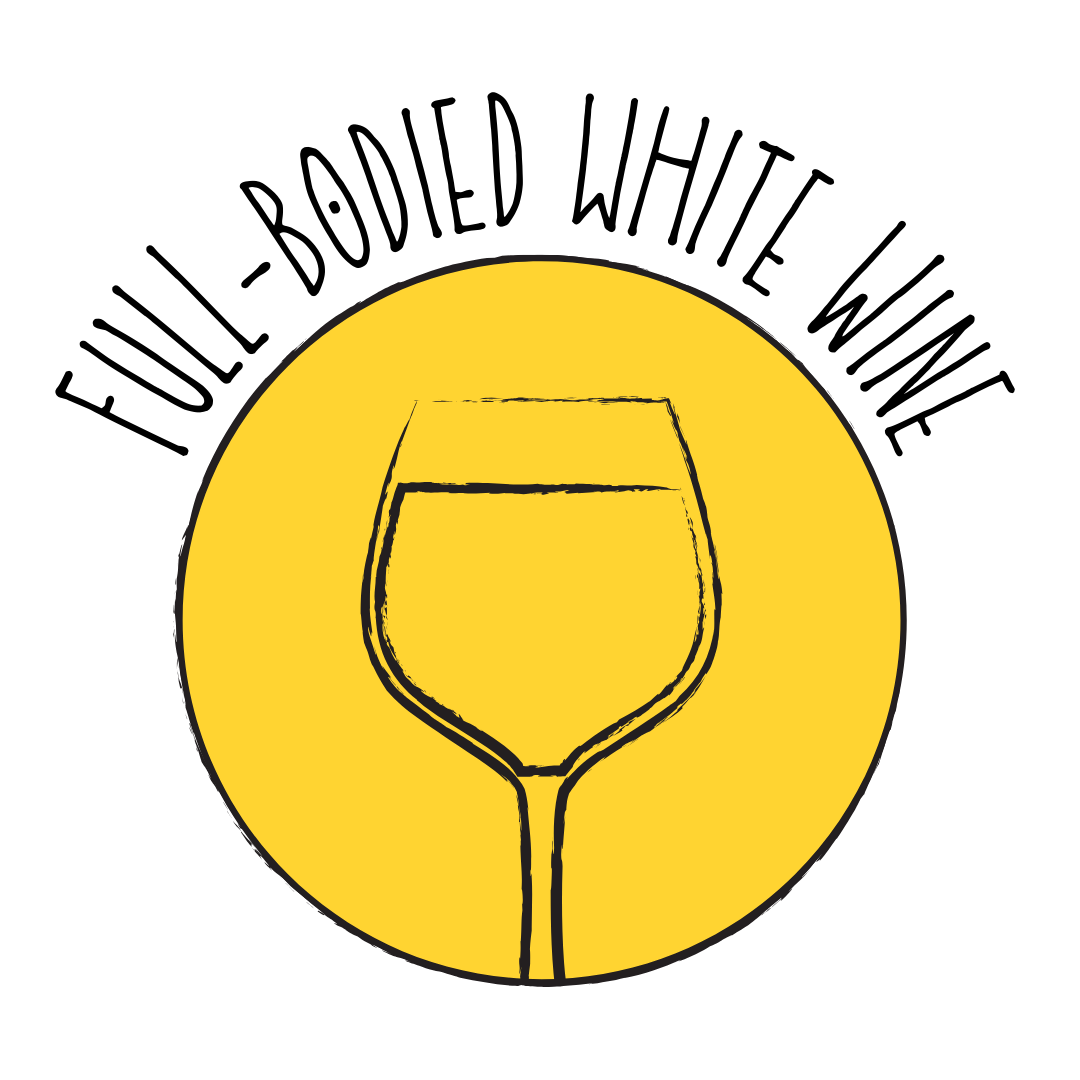 Full White
Full White Aromatic
Aromatic Rosé
Rosé Light Red
Light Red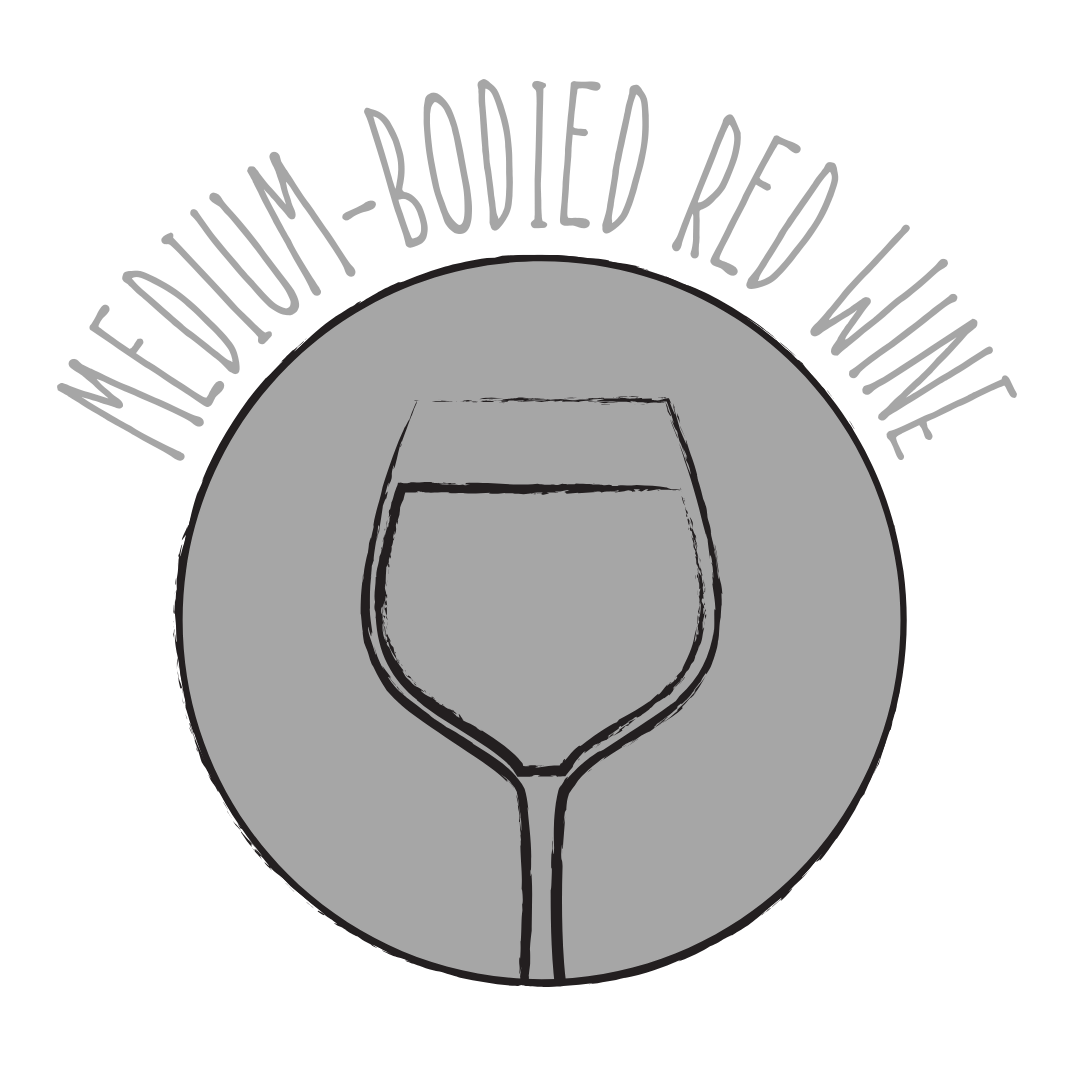 Medium Red
Medium Red Full Red
Full Red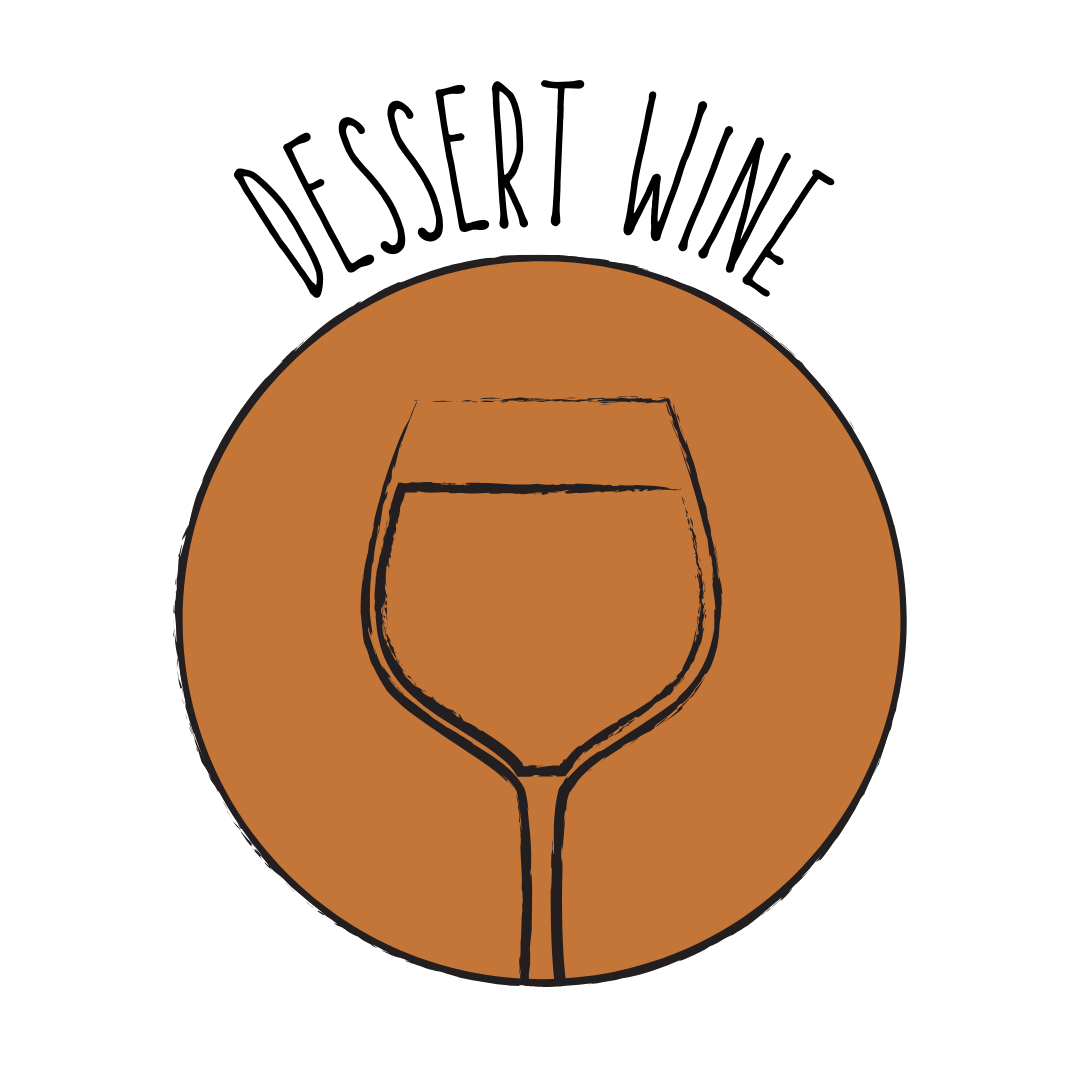 Dessert
DessertAbout Harslevelu
Origin
Hungary
History
Hárslevelű, meaning 'linden leaf' in Hungarian, is a white grape variety native to Hungary, particularly associated with the Tokaj wine region. It is known for its aromatic qualities and its contribution to both dry and sweet wines, including the famous Tokaji Aszú. Recent genetic analysis suggests that its parents were Furmint and a sibling of an obscure variety called Plantscher. The grape has been cultivated since at least the mid-18th century and is also grown in Slovakia, Romania, and other Central European countries.
Appearance
Medium-sized, loosely packed clusters of greenish-yellow berries.
Growing Traits
Hárslevelű is a late-ripening grape variety that requires warm climatic conditions to reach optimal maturity. It is high yielding and therefore needs good vineyard management to be at its best. The grape is susceptible to botrytis cinerea, making it ideal for producing botrytized dessert wines like Tokaji Aszú. Its thick skin provides some resistance to late autumn rains, and it is fairly resistant to drought conditions.
Wine Characteristics
Body
3/5
Sweetness
2/5
Tannin
0/5
Acidity
4/5
Alcohol
3/5
Medium-bodied with a rich and textured profile, offering a harmonious balance between fruit and acidity. Versatile in sweetness levels, ranging from dry to lusciously sweet, particularly in botrytized dessert wines like Tokaji Aszú. Negligible tannins, as it is a white wine variety, resulting in a smooth and clean finish. Moderate to high acidity, contributing to its freshness and aging potential. Moderate alcohol content, typically ranging between 12% and 14%, providing a balanced and approachable character.
Taste Profile

Floral

Honey

Apricot
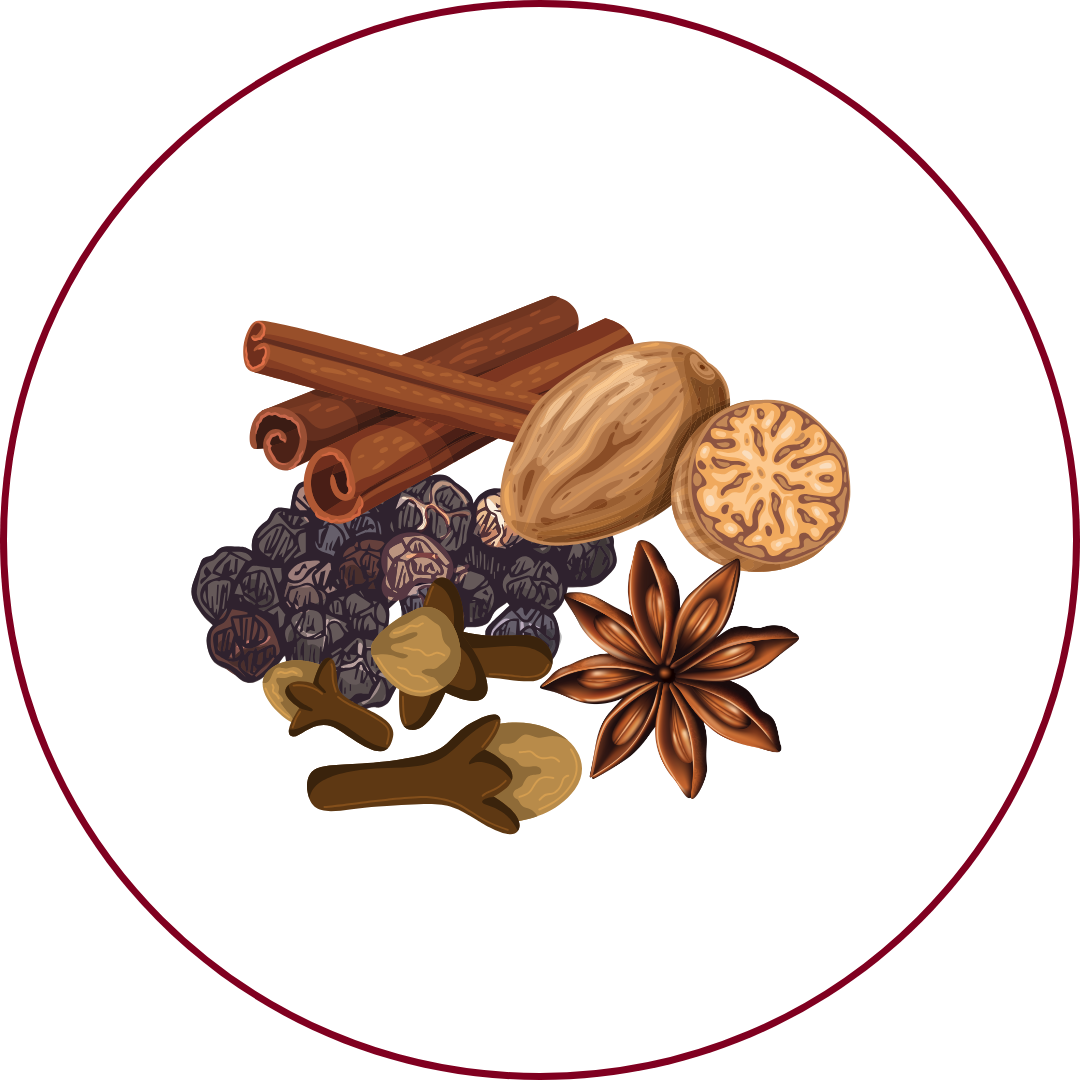
Spices

Linden Blossom
Hárslevelű wines are characterized by floral aromas, notably linden blossom, accompanied by honeyed notes and flavors of apricot and peach. Spicy undertones, such as ginger or white pepper, add complexity. The moderate to high acidity provides freshness, while the rich texture contributes to a lingering finish. In sweet versions, particularly those affected by botrytis, the wines exhibit intensified honey and dried fruit flavors with remarkable depth and aging potential.
Food Pairing
Hárslevelű's versatility in sweetness levels makes it suitable for a wide range of dishes. Dry versions pair well with poultry, veal, and dishes featuring herbs and spices, complementing the wine's floral and spicy notes. Sweet styles, such as Tokaji Aszú, are excellent with desserts like fruit tarts, crème brûlée, or blue cheeses, enhancing the wine's honeyed and apricot flavors.
Growing Regions

Hungary
Tokaj-HegyaljaEgerSomló

Slovakia
Tokaj

Romania
Transylvania
Notable Wines & Producers
Tokaji Aszú
Royal Tokaji
Disznókő
Oremus
Dry Hárslevelű
Királyudvar
Szepsy
Barta Pince
Eger Hárslevelű
St. Andrea Winery
Kovács Nimród Winery
Harslevelu FAQ
Common questions about this grape variety
What is the origin of Harslevelu?
+
Hungary
Is Harslevelu wine full bodied?
+
Harslevelu has a body level of 3 out of 5. Which means that Harslevelu is Moderate bodied.
Is Harslevelu wine dry or sweet?
+
Harslevelu has a dryness level of 2 out of 5. Which means that Harslevelu is Semi-Dry.
Where is Harslevelu wine from?
+
Hungary
Where is Harslevelu grown?
+
Harslevelu is grown in Hungary (Tokaj-Hegyalja, Eger, Somló)Slovakia (Tokaj)Romania (Transylvania).
What is Harslevelu like?
+
Hárslevelű wines are characterized by floral aromas, notably linden blossom, accompanied by honeyed notes and flavors of apricot and peach. Spicy undertones, such as ginger or white pepper, add complexity. The moderate to high acidity provides freshness, while the rich texture contributes to a lingering finish. In sweet versions, particularly those affected by botrytis, the wines exhibit intensified honey and dried fruit flavors with remarkable depth and aging potential.
What does Harslevelu pair with?
+
Hárslevelű's versatility in sweetness levels makes it suitable for a wide range of dishes. Dry versions pair well with poultry, veal, and dishes featuring herbs and spices, complementing the wine's floral and spicy notes. Sweet styles, such as Tokaji Aszú, are excellent with desserts like fruit tarts, crème brûlée, or blue cheeses, enhancing the wine's honeyed and apricot flavors.
What does Harslevelu taste like?
+
Hárslevelű wines are characterized by floral aromas, notably linden blossom, accompanied by honeyed notes and flavors of apricot and peach. Spicy undertones, such as ginger or white pepper, add complexity. The moderate to high acidity provides freshness, while the rich texture contributes to a lingering finish. In sweet versions, particularly those affected by botrytis, the wines exhibit intensified honey and dried fruit flavors with remarkable depth and aging potential.
Take Harslevelu Knowledge with You
Access detailed grape profiles, tasting notes, and pairing suggestions on your iPhone.
Download on theApp Store